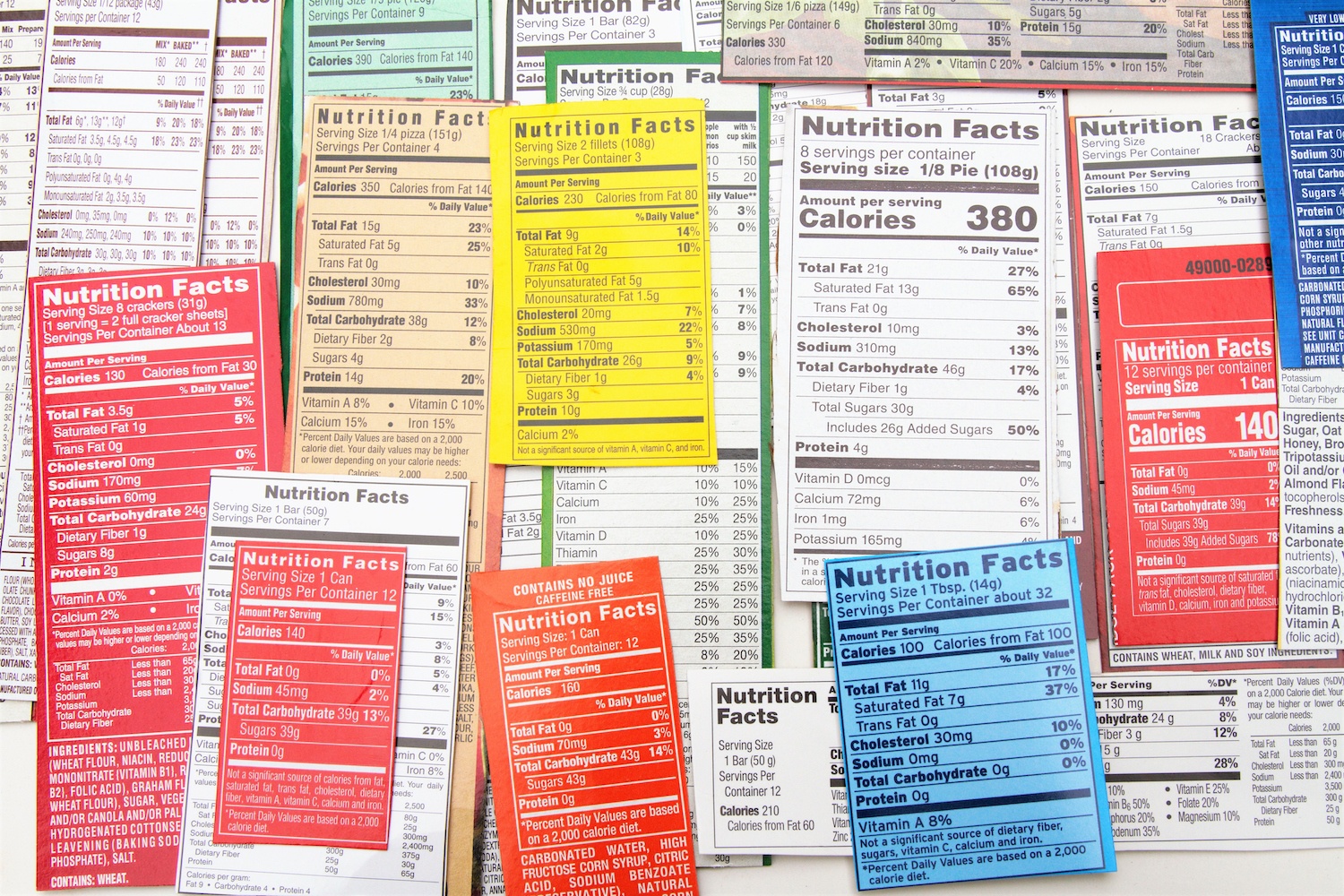After years of pushing from consumer advocates, Congress and FDA both make moves to announce sesame—an increasingly prevalent allergen—on food labels.
Days after the Food and Drug Administration (FDA) announced that manufacturers should declare sesame as an ingredient on food labels, the House of Representatives passed a bill to add it to the official list of major food allergens—a victory for consumer advocates who have pushed for more recognition for a growing number of Americans who can’t eat the seed.
The legislation, first introduced by Representative Doris Matsui, Democrat of California, in April 2019, would expand the so-called big eight of milk, eggs, fish, shellfish, tree nuts, wheat, peanuts and soybeans—the most common food allergens in the United States—to a new top nine. Those eight categories, plus sesame, account for more than 90 percent of serious food allergic reactions in the United States.
Besides recognizing sesame as one of the major allergens, and forcing companies to announce it on packaging with “caution” or “food allergy warning” labels, the measure would also expand research into allergy treatments, and allow the Food and Drug Administration (FDA) to add other allergens to the list if they meet certain criteria.
“Products with “natural flavors” or “spices” listed on their label may contain small amounts of sesame. And people allergic to sesame might eat food labeled as containing “tahini” without knowing that tahini is a paste made from sesame seeds.”
Sesame allergies are a growing problem in the United States. As we reported, in less than a decade, the number of allergic reactions has grown roughly five-fold, with an estimated 1.5 million Americans, or 0.49 percent of the population, reporting symptoms from hives to whole-body anaphylaxis every year. That’s slightly below the rates for soy and fish.
Food Allergy Research and Education, a nonprofit group that backed the legislation, called the House passage a significant milestone for people with food allergies. “To see this bill move forward today, getting this much closer to becoming a law, is a true achievement,” said chief executive officer Lisa Gable in a statement. She said it was a victory for tens of millions of Americans who avoid products “containing a top 9 allergen.”
[Subscribe to our 2x-weekly newsletter and never miss a story.]
Matsui’s bill is not the only effort to address the issue. For years, FDA has been considering adding sesame seeds to the top allergen list. On November 10, the agency issued draft guidance that stopped short of doing that, and instead suggested that manufacturers voluntarily declare sesame on labels when it’s a hidden ingredient in roughly 775 foods.
The agency’s action arose from a 2014 petition from consumer advocates and medical professionals who were worried that allergic eaters were consuming the seed unknowingly.
The measure would also expand research into allergy treatments, and allow the Food and Drug Administration to add other allergens to the list if they meet certain criteria.
“Products with “natural flavors” or “spices” listed on their label may contain small amounts of sesame. And people allergic to sesame might eat food labeled as containing “tahini” without knowing that tahini is a paste made from sesame seeds,” then-FDA Commissioner Scott Gottlieb said in 2018, when he announced the agency would look into the issue. “Fear of not knowing whether a food contains sesame may lead some people to unnecessarily limit their diets to avoid possible exposure.”
Indeed, a parent told The Counter that her son, who was diagnosed with a sesame allergy, broke out in hives after eating a Stonyfield peach-flavored yogurt. The company told Susan Bergin that it purchased natural flavors from other companies, and couldn’t say if sesame derivatives were included in the mix—and legally, it didn’t have to, because the presence of sesame does not have to be disclosed or referenced as an allergen on the product.
By comparison, any time peanut is an ingredient in a flavor, color, or additive, it must be disclosed on packaging. It’s the same for any of the other eight major food allergens—and, if Matsui’s bill is signed into law, it would be for sesame, too.
The FDA is taking public comment on its proposed guidance through January 2021. Meanwhile, the legislation to add sesame to the new top nine now heads to the Senate, where a companion bill, introduced by Senator Tim Scott, Republican of South Carolina, is co-sponsored by five Senators on both sides of the aisle, which bodes well for passage. Politico reports the legislation could pass on its own, or be folded into an end-of-year legislative package.








